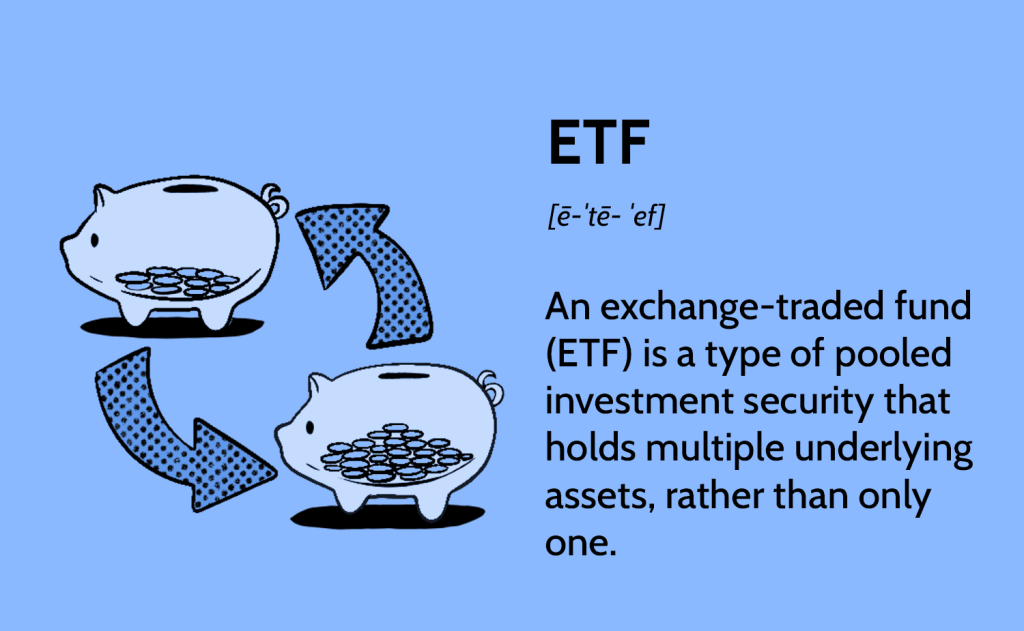What Is an ETF and Why Should You Care?
Unlocking the Mystery: What Is an ETF and Why Should You Care?
When it comes to investing, the world of finance can sometimes feel like an impenetrable maze. With so many different investment options available, it’s easy to get lost in the jargon and complexity. One term you’ve likely come across is “ETF” or exchange-traded fund. In this article, we’ll demystify the concept of ETFs and explain why they matter to you as an investor.
What Is ETF Anyway?
At its core, an ETF is a type of investment fund that trades on stock exchanges, just like individual stocks. But unlike traditional mutual funds, ETFs offer the advantage of being traded throughout the day, providing investors with more flexibility. ETFs are designed to track the performance of a specific index, commodity, or basket of assets, offering a diversified exposure to a particular market segment.The Power of Diversification
Imagine you’re building a pizza with a variety of toppings. Each topping represents a different stock in your investment portfolio. Now, instead of buying individual stocks, an ETF allows you to buy a single slice of that diversified pizza. By investing in an ETF, you’re essentially buying a basket of different stocks or assets, spreading your risk and potentially reducing the impact of any single investment’s performance.Benefits Galore
ETFs come with a range of benefits that make them an attractive investment option for both beginners and seasoned traders alike.- Flexibility: ETFs can be bought and sold throughout the trading day, providing investors with the ability to react quickly to market movements or take advantage of specific investment opportunities.
- Diversification: As mentioned earlier, ETFs offer exposure to a diversified set of assets, which can help mitigate risk and increase the potential for consistent returns.
- Transparency: Unlike some other investment vehicles, ETFs typically disclose their holdings on a daily basis, allowing investors to see exactly what they own.
- Lower Costs: ETFs often have lower expense ratios compared to mutual funds, making them a cost-effective choice for investors.
How to Get Started
Now that we’ve covered the basics of what an ETF is and why it matters, you may be wondering how to get started with investing in ETFs. Here are a few steps to help you embark on your ETF journey:- Educate Yourself: Take the time to understand different types of ETFs, their underlying assets, and their investment objectives. This knowledge will empower you to make informed investment decisions.
- Define Your Investment Goals: Determine what you aim to achieve with your investments. Are you looking for long-term growth, income generation, or a combination of both? Understanding your goals will help you choose the right ETFs for your portfolio.
- Choose a Brokerage Account: To invest in ETFs, you’ll need a brokerage account. Research and compare different brokerage platforms to find one that aligns with your needs in terms of fees, customer service, and user-friendly interfaces.
- Build Your Portfolio: With your goals in mind, select a mix of ETFs that align with your investment strategy. Consider factors such as asset class, sector, geographic exposure, and expense ratios.
